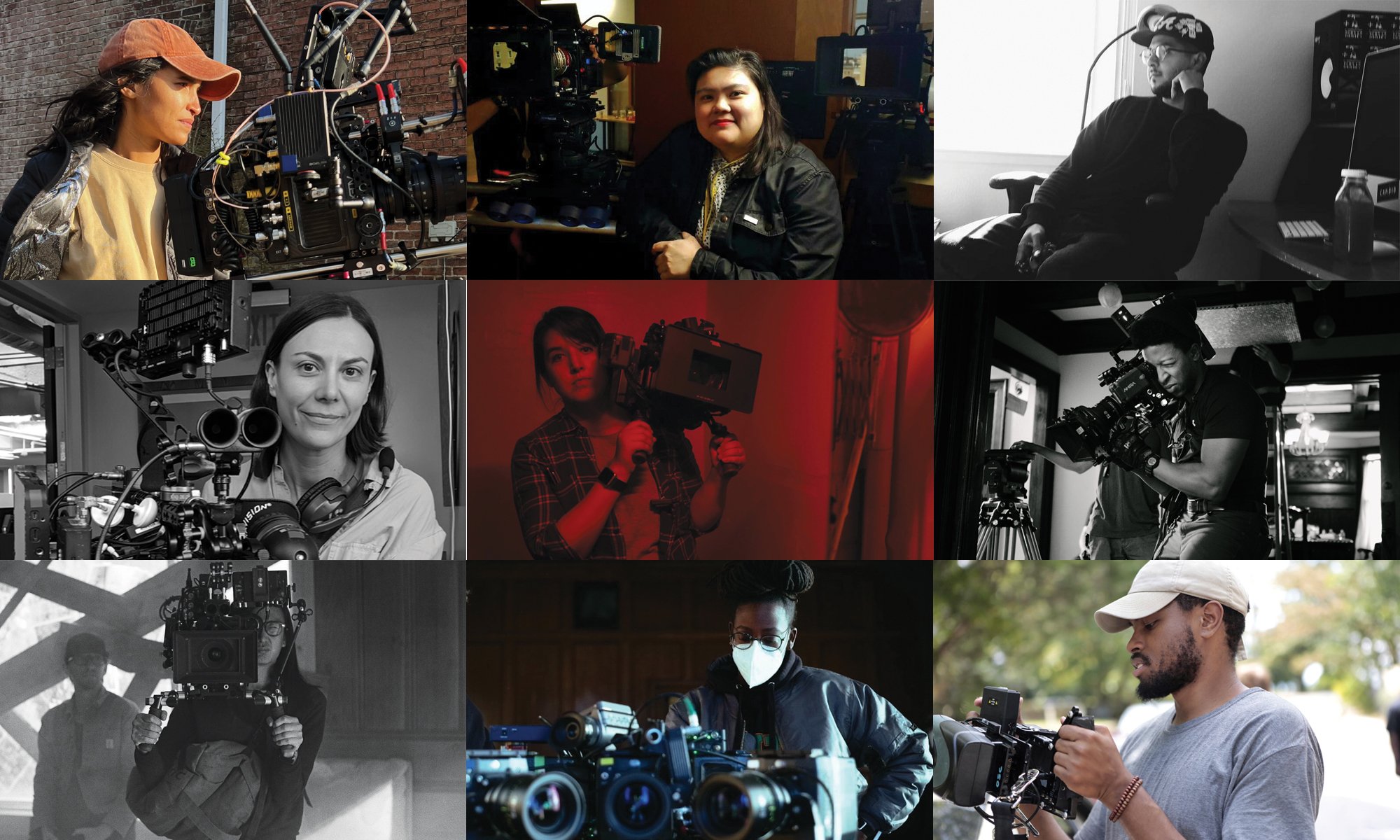
2022 Rising Stars of Cinematography: Eclectic Perspectives
AC shines its annual spotlight on nine talented artists working behind the camera.
Since 2017, American Cinematographer has released an annual roster of up-and-coming cinematographers selected by a panel of ASC members and the magazine’s staff. This year’s Rising Stars have accrued an impressive list of accomplishments over the course of their upward-trending careers. Veronica Bouza; Matthew Chuang, ACS; Jomo Fray; Michael “Cambio” Fernandez; Catherine Goldschmidt; Isiah Donté Lee; Christine Ng; Julia Swain; and Erin G. Wesley come from varied backgrounds and have eclectic artistic sensibilities, and all show immense talent, promise and an impressive dedication to the art of cinematography. Here are their stories.
VERONICA BOUZA
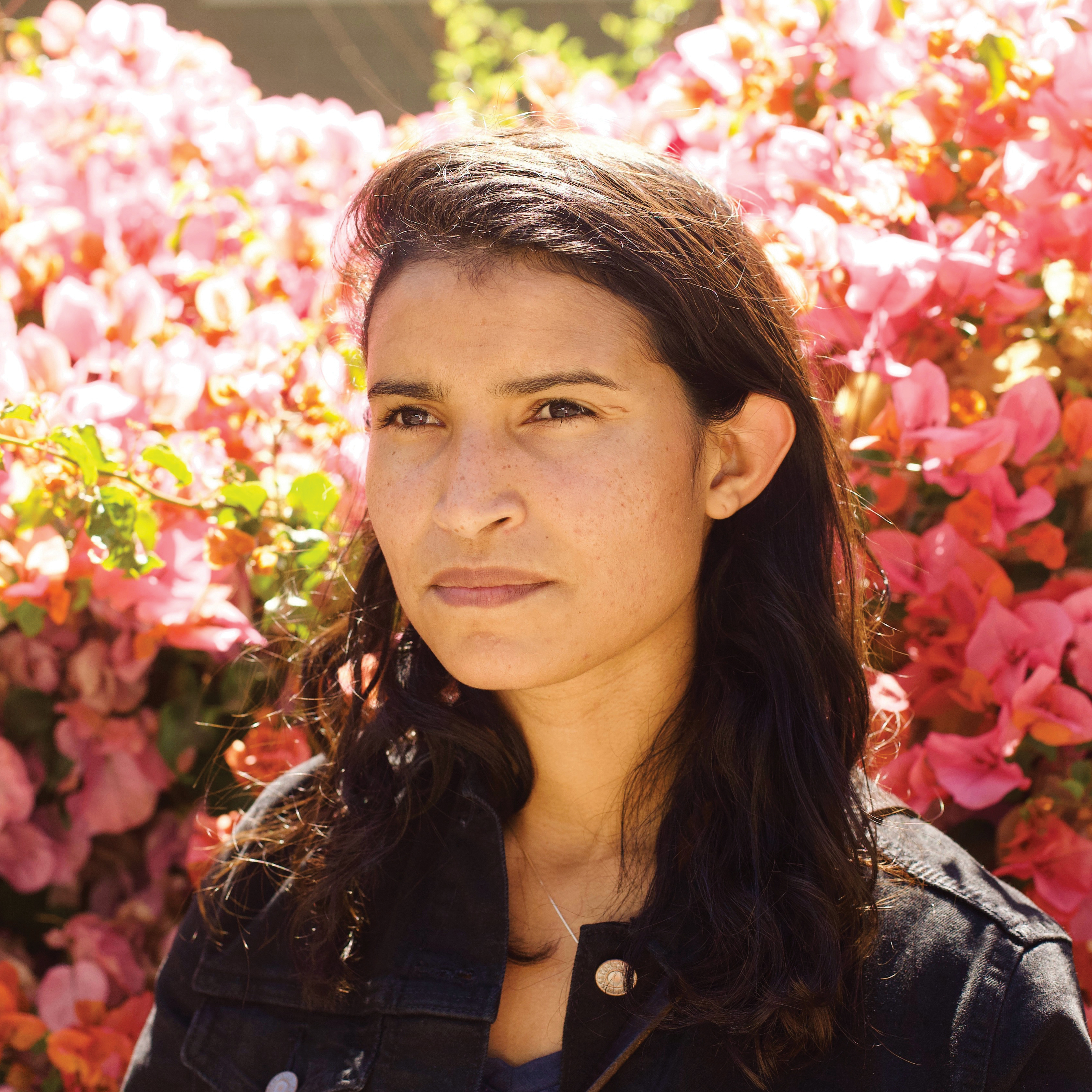
Veronica Bouza has been visually minded since childhood, when her architect parents would take her to visit interesting buildings to observe their structure and form. Bouza later studied cinematography at DePaul University, after which she worked as an electrician in IATSE 476 on such shows as Chicago P.D. and Chicago Fire. Her trajectory was altered when she met ASC member Amy Vincent. “She invited me to be a camera trainee on a job,” Bouza says, “which pushed me to be a camera assistant.”
Weary of Chicago’s cold weather, Bouza moved back to L.A. to pursue a career in the camera department. For about six years, she worked as an assistant on shows such as Jane the Virgin, Major Crimes and Dream Corp LLC, but says, “I hit a point where I didn’t really feel like I was creative, or that I was a cinematographer. In 2018, I was invited by Zeiss to attend the ASC Awards. Alan Caso, ASC was speaking, and we were at a table of women cinematographers, but I just didn’t feel like one of them. So that same night, I applied to AFI, and I haven’t looked back.” Bouza graduated from AFI in 2020. “It’s been an interesting journey,” she says, “coming up as a technician and kind of resetting my brain as a storyteller.”
The past year has allowed Bouza to experience her work in a way that was not possible during the Covid-19 outbreak. “I finished AFI in the midst of the pandemic,” she says, “so a lot of my projects, my visual essays, were just stuck in that virtual-film-festival route, or post. This is the first year when I’ve been able to see a lot of my projects onscreen, and it means a lot to actually see people connect to the work.” Bouza’s 2020 short Leave Us Here won the prize for Best Cinematography at the Atlanta Women’s Film Festival, and the film was selected by the Urbanworld Film Festival and shown at MoCADA in New York.
Bouza has been busy since graduating. “This year, I had the opportunity to shoot a pilot presentation for WarnerMedia OneFifty, as well as the space-themed short Amina, which premiered at Tribeca 2022 as part of Rising Voices: Season 2. I also just finished a documentary on Breonna Taylor and George Floyd that looked at the two trials and how each city dealt with them.” Bouza’s short film Pens and Pencils recently played at the American Black Film Festival, where it was a finalist for the HBO Short Film Award.
Bouza cites ASC members Vincent, Kira Kelly, Kenneth Zunder and Polly Morgan — all of whom she’s worked with as an assistant — as cinematographers who have inspired her on her career path. “They’ve all pushed me to shoot and go for my own dream. My biggest hope is that when some crew member reads this, it will inspire them. I hope that seeing this story — not a Cinderella story — but just one about putting in that effort will show someone that this path is possible.
MATTHEW CHUANG, ACS

Matthew Chuang, ACS was pushed toward filmmaking when he didn’t get high enough grades in high school to pursue architecture — because he was spending so much time watching movies. “My dad was like, ‘Oh, why don’t you go to film school, then?’ At the time, I didn’t know I could do that.”
Chuang subsequently studied film at the Academy of Photographic Arts in Sydney, Australia. After graduating, he began his career by shooting music videos in Sydney, and after moving to Melbourne, Chuang began to shoot commercials. “I had a music video that went to the Camerimage cinematography festival in Poland. It was there that I realized, ‘Maybe I should move to the U.S. so I can grow as a filmmaker.’ I’ve been in L.A. for about five years, and I’ve started to do more feature-film work.”
Chuang’s first big break was his collaboration with director Justin Chon on the drama Blue Bayou, on which he served as co-cinematographer with Ante Cheng; the film premiered at Cannes in 2021. Chuang then shot the period witchcraft drama You Won’t Be Alone, directed by Goran Stolevski, which premiered this year at the Sundance Film Festival — and subsequently earned coverage in our Sundance Standouts 2022 article. “I would love to continue to build with directors like Justin Chon and Goran Stolevski,” he says. “Both of them are writing really compelling character dramas. My goal is to just keep doing more films that are bold and sincere.”
Chuang is currently in preproduction for the Apple TV Plus Hawaiian historical drama Chief of War, directed by Chon and starring Jason Momoa. He is also in post on the films Of an Age, directed by Stolevski, and Assassin Club, directed by Camille Delamarre, as well as the FX documentary series Outlaw: The Saga of Afeni and Tupac Shakur, directed by Allen Hughes.
“Work that has a personal aspect is something I’m really drawn toward,” he says. “We’ll see how that goes — if someone sees something I’ve done and gets in touch, and if I feel like I can help them and support their film, we may be able to work together. If I feel like I have a point of view that matches or complements theirs, I’m always open.
MICHAEL “CAMBIO” FERNANDEZ
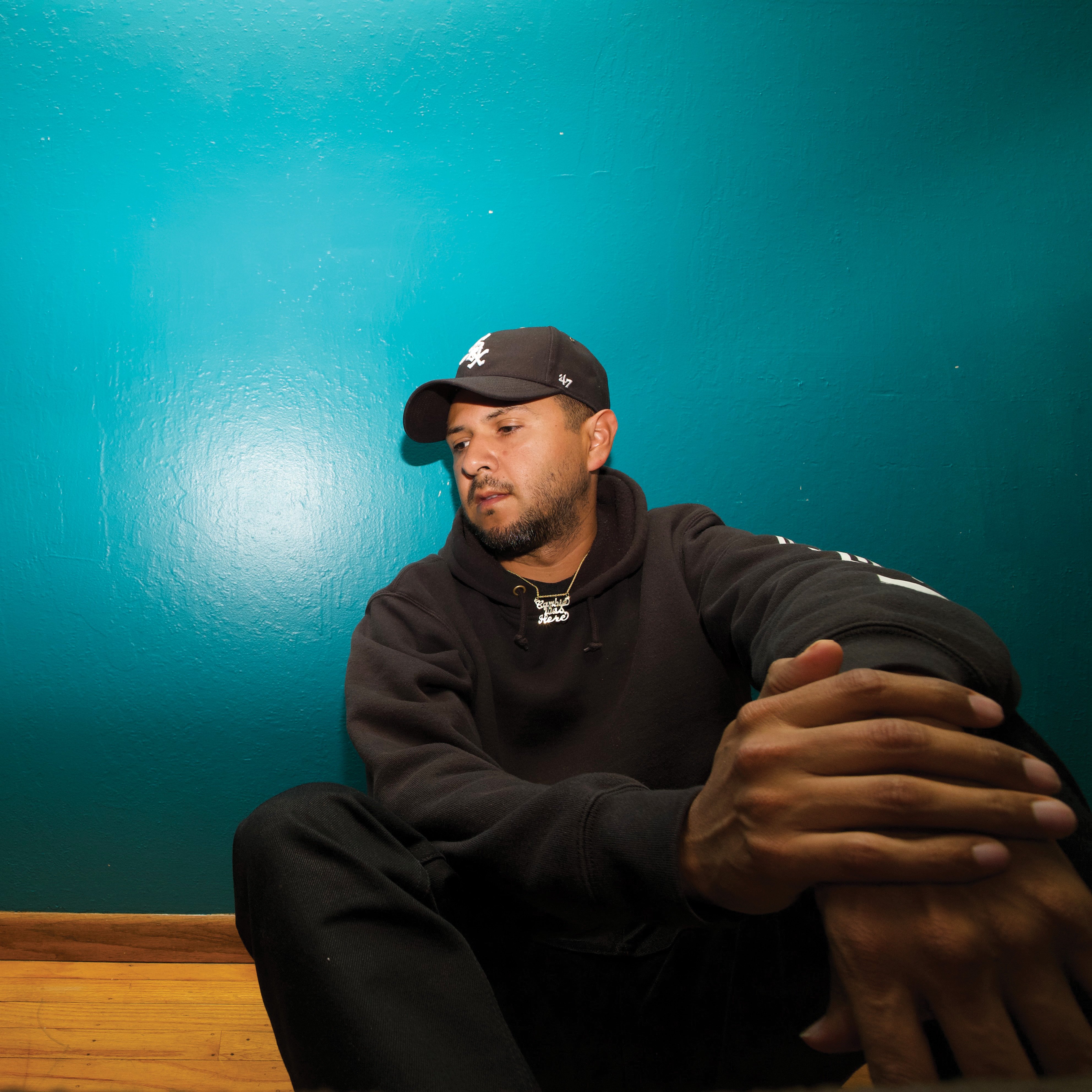
Nicknamed “Cambio” as a baby, Michael Fernandez took an unusual route to becoming a cinematographer. While drawn to image-making since childhood, Fernandez did not study the arts in school; he earned a master’s degree in history from San Jose State University. After teaching high school for several years, he changed his career trajectory. “I started off in the image-making world by traveling and photographing Quilombo Art, a creative collective of rappers and filmmakers, all across Mexico, Latin America and Europe,” he says. “From there, I learned the cinema styles of Mexico, Cuba, the Dominican Republic, Europe and West Africa. That got me where I am today.”
Fernandez continued to teach even while he was beginning to dabble in filmmaking. Then, in 2018, the rapper Blitz the Ambassador asked him to shoot the feature film The Burial of Kojo, which Ava DuVernay picked up for her social-impact collective Array. The film is now streaming on Netflix. “That took me from where I was at, teaching and traveling around shooting short films with rappers, to actually being signed to an agency,” he says. “Being a director of photography became my career.
“My experiences and voice — being a working-class person and filming rappers on their own grind — really informed the way I see and feel things. My unique eye comes from being a person who loves history. You would think my master’s in history is completely unrelated to cinema, but it is deeply woven into my experiences and how I see the world.”
Fernandez has gone on to shoot a wide and diverse range of projects while also staying true to his roots in music-based content. He recently shot part of the Disney Plus project Black Is King, Beyoncé’s visual album inspired by The Lion King. His short If I Go Will They Miss Me, directed by Walter Thompson-Hernandez, was nominated for the Grand Jury Award at SXSW and won the Short Film Jury Award at Sundance in 2022. “We shot [If I Go] in Watts over two years, in the true indie spirit. It was extremely beautiful shooting that way, because we were entrenched in the reality of the resources we had. That independent spirit can exist without having a million people [on set] to shoot something.”
JOMO FRAY
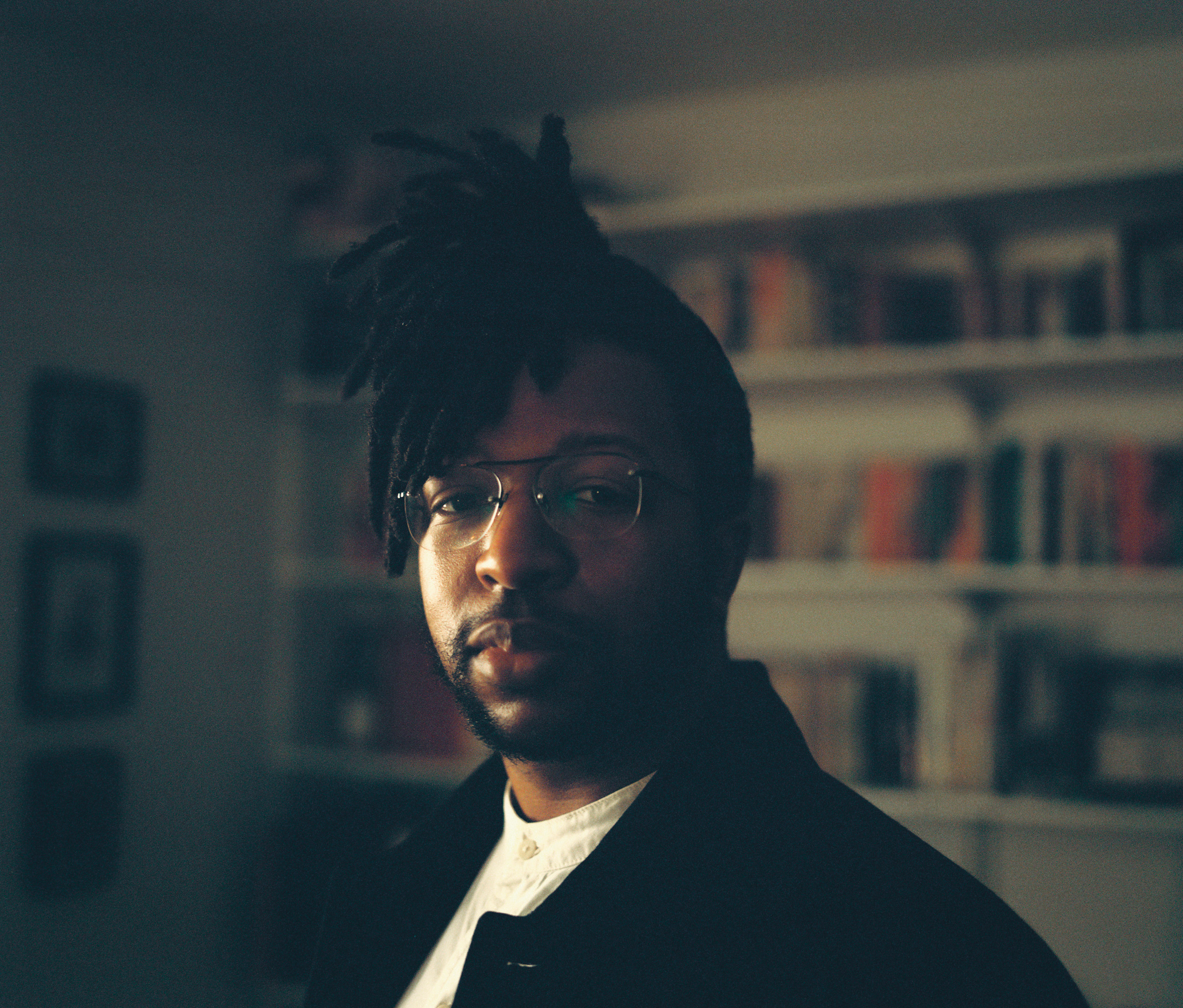
From a young age, Jomo Fray was passionate about storytelling. He recalls, “When I was a kid, every week I wanted to be something different — a scientist, an astronaut — but at age 7, I said I wanted to be a filmmaker. I remember being like, ‘Oh, this is great. I can be a filmmaker, which hacks the system.’ I could be a scientist for three months, tell those stories, and then be an astronaut for three months and tell those people’s stories. I think now, looking back, it was an expression of my fascination with compassion, empathy and feeling — having the ability to dedicate myself to feeling what it’s like to be in the bodies, lives and experiences of different people, and what that meant about me as a human being.”
Fray earned his undergraduate degree at Brown University, where he thought he might want to pursue a career in academia. Later, he returned to school to get a master’s degree in cinematography at New York University, where he honed his artistic sensibilities. “When I think about artistic inspiration, so much of it is born out of the life process,” he says. “In terms of my art, I feel like I’m most inspired when I think of certain things from my own life — like what my mother said to me when I fell down and cut my knee. I feel I draw a lot of inspiration from the more innocuous things.”
Fray’s interest in empathy and connecting with the lives of others has led him to work on projects that reflect similar values. His short film Emergency, directed by Carey Williams, follows friends of color debating whether to call the police in an emergency situation. The project won a Special Jury Award at Sundance in 2018, as well as the Grand Jury Award at SXSW. The same year, Fray was featured as one of the “25 New Faces of Independent Film” by Filmmaker magazine.
CATHERINE GOLDSCHMIDT
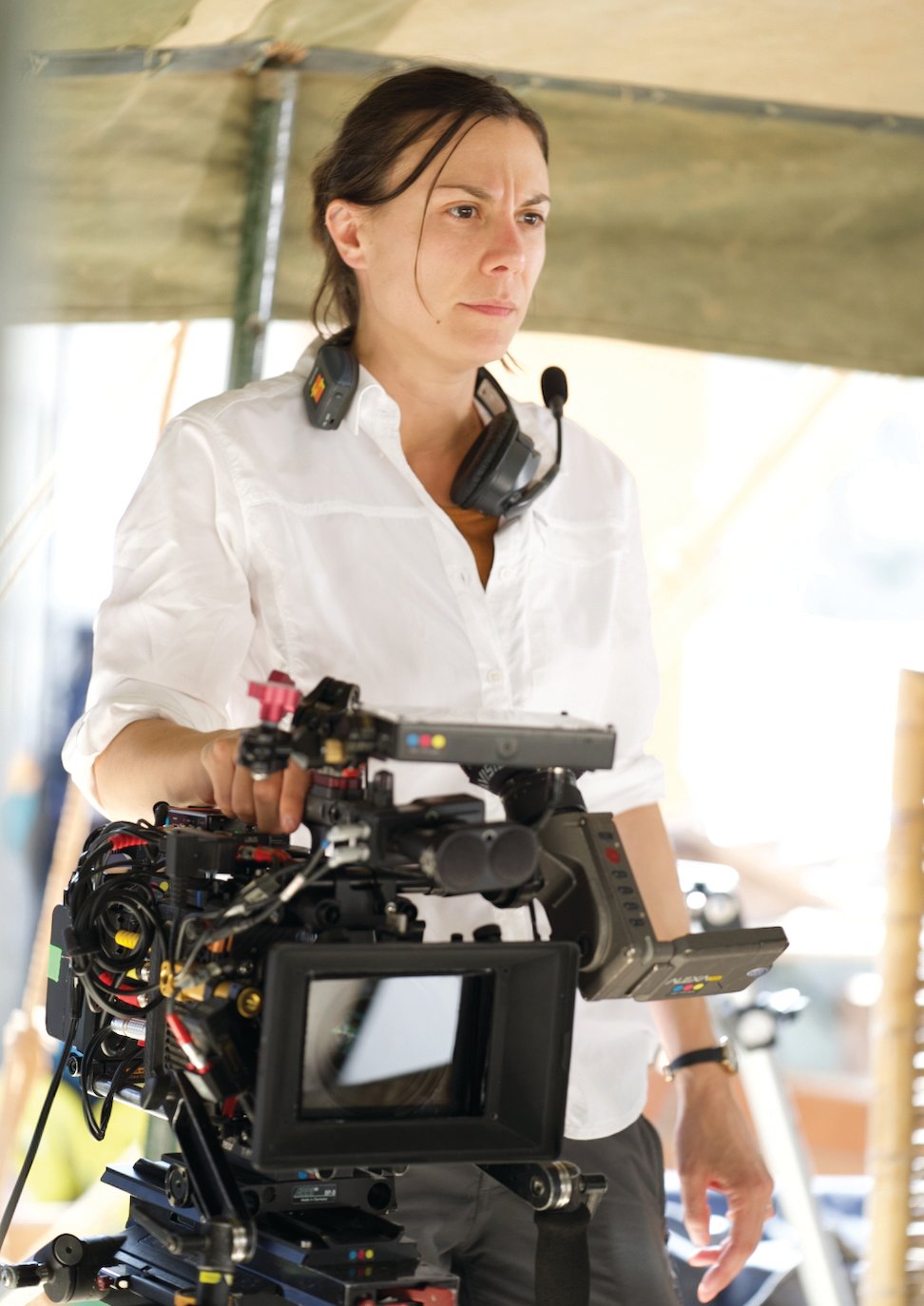
Catherine Goldschmidt grew up in a household without a television but was always enthralled by films. She worked at a video store in high school and as a projectionist in college. “When I was in college, I found out what a cinematographer was and what the job entailed,” she says. “Then I worked on my first short student films, and I just fell in love with the process.” After graduating from Wesleyan University with a degree in Film Studies, Goldschmidt moved to Los Angeles to pursue a career behind the camera.
She began working as a camera assistant, and then applied to AFI after realizing that many of the cinematographers she had worked with had continued their education there. “The advice I was given was, ‘Don’t get stuck being a camera assistant, and if you want to shoot, shoot.’ The program at AFI was great. When I graduated, my main focus became shooting my first feature. Incredibly, I was able to do that within the first year after I graduated. Just feeling like I finally was a DP, with my first feature under my belt, was great. My friends from AFI gaffed and gripped it for me. It was definitely a good confidence-building experience.”
The film Northeast, directed by Gregory Kohn, allowed Goldschmidt to cut her teeth on a feature while shooting in 16mm. “I can find things in everything I’ve shot where I can objectively say we did good work; there’s always something you can take pride in. But I think I’m really proud when people actually do watch and like something I’ve made. One example would be the BBC One show Chloe, which is being released worldwide on Amazon in June. My parents came to England when it wasn’t released in America yet, and they binged the whole thing. It makes me proud that my parents are proud!”
Recently, Goldschmidt has been working primarily in television, shooting the series Doctor Who; the Emmy-nominated Quibi show Dummy; the Sky/AMC series A Discovery of Witches; and the Game of Thrones prequel House of the Dragon. Looking to the future, she says, “I want to shoot another film, for sure. I’ve found myself in ‘Television Land,’ which I’ve been so grateful for, because it really matters to me that people watch what I shoot. I grew up never watching TV, but now I feel like all I watch is TV! But I do miss telling a single story from start to finish, and the way you get to craft a visual language [for a feature] that follows a single arc. Sometimes, shooting television in the U.K., it can feel like we’re making a chapter in a larger film, and that’s been great.”
ISIAH DONTÉ LEE
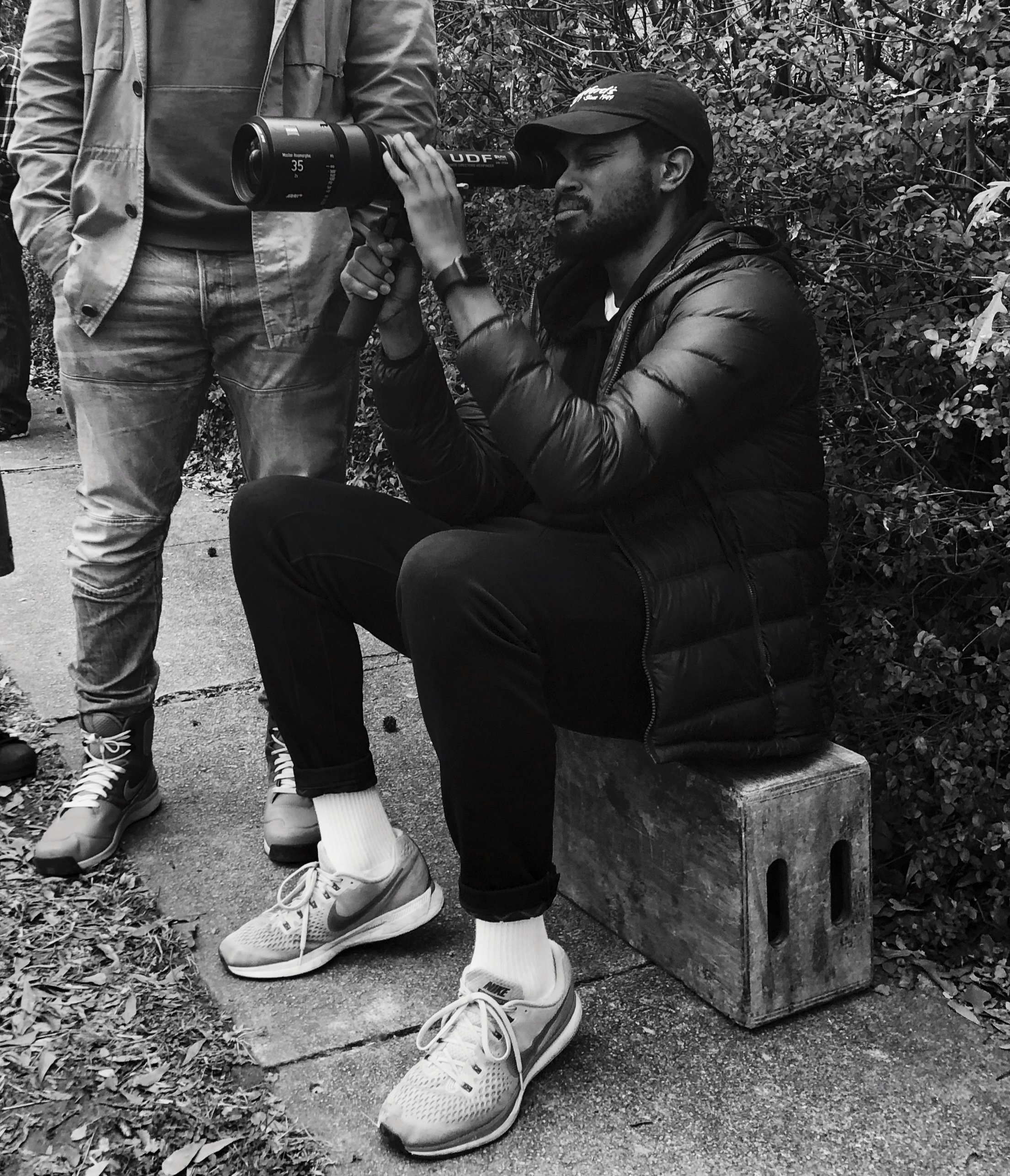
Born and raised in North Carolina, Isiah Donté Lee was unsure of what kind of career he wanted to pursue, but he entered art school as a web designer. “While walking on campus one day, I saw a group of students with a bunch of cameras,” he says. “I think they were doing some type of class assignment. I had this calling to just go over and see what they were up to. I’m pretty sure I stayed there for two or three hours, just watching them work with the cameras.” That night, Lee called his mother to tell her he was changing majors. He later transferred to the North Carolina School of the Arts, where he continued his film education, working so much and so diligently that his professor and mentor, ASC member Tom Ackerman, encouraged him to drop out and fully commit to working on professional sets.
Lee honed his skills working on music videos and short films. As a fellow at Film Independent’s Project Involve, Lee met the producers Stephanie Allain and Mel Jones, who would shepherd his first feature, Burning Sands, which premiered at Sundance in 2017 and earned a nomination for the festival’s Grand Jury Prize. Lee has gone on to shoot a variety of projects ranging from music videos to narrative features, compiling a list of credits that includes the HBO music documentary J. Cole: 4 Your Eyez Only; John Legend’s music video “Surefire”; the television series Boomerang; the documentary Out of Omaha; and the drama Windfall, which he shot during the Covid-19 pandemic.
“It’s important for me to talk about how liberating an experience it was shooting Windfall,” he says. “It was basically our ‘bubble film,’ and we made it in the simplest way possible. We had a small group of cast and crew in one location, and just an overall great vibe. It almost felt like I was back in film school making a film with a small group of friends. We used mostly available light with very minimal equipment, and I got to work with an incredibly smart and collaborative director, Charlie McDowell.”
Lee finds inspiration in the work of other artists in the film industry, but also in his key relationships off the set. “When I’m looking for inspiration, I really enjoy looking at other films,” he says. “I’m certainly inspired by other art forms as well, but film is what I consume the most. Beyond that, [my main influences] are probably my family and my life when I’m not working. I’m almost exclusively spending time with my family — that’s what drives me, those are the experiences that I bring to my work, whether I do it consciously or subconsciously. I feel like the time I spend with my family, just enjoying time with my son and moments like that, is really where I get most of my inspiration. There could never be a world in my head where that wouldn’t be a part of my experience as a filmmaker, or as an artist in general.”
CHRISTINE NG

Born in Hong Kong, Christine Ng was raised in New York until the age of 9 — yet it was only after her family moved back to Hong Kong that Ng saw her first film set. “We were staying at my grandparents’ apartment when we were living there for the year,” she recalls. “I literally walked outside and there was a film shoot happening. They were filming nights, and my parents were like, ‘Okay, you can stay up for as long as you want to watch.’ That’s a special thing for a 9-year-old, being able to stay up till whenever. The film also happened to have my favorite Chinese pop star in it. It was a little bit of just this magical feeling, and that’s when I knew I wanted to work in film.”
Ng studied film as an undergraduate at New York University, where she did not immediately feel welcome behind the camera. “It was a really hard place to be as a queer, Asian, immigrant female wanting to do something technical. So, ironically, while I was there, I was thinking, ‘Oh, I don’t think I’m going to be a DP.’ I assisted a lot, I gaffed a lot, and I did sound for people, because I felt that if I wanted to be a good filmmaker, I should learn all the tools of being a filmmaker.” However, Ng landed an internship at ASC member Lance Acord’s company, Park Pictures, which turned into a full-time job and allowed her to learn more about production while honing her passion for cinematography.
Ng eventually left Park Pictures to pursue cinematography full time. She ended up assisting for Bradford Young, ASC on the film Vara: A Blessing, shot in Sri Lanka. “Two weeks into the job, he said to me, ‘So, what do you want to do?’ I told him I wanted to be a DP. He asked, ‘Well, why aren’t you shooting?’ The Red Epic had just come out, and we had a backup body on the truck. He said, ‘Go get the backup — you’re now an operator.’ Right then and there, I just started operating for him.” Ng continued operating, which included work on such TV productions as When They See Us, She’s Gotta Have It and Colin in Black & White, while also pursuing work as a cinematographer.
As a director of photography, Ng has since shot the HBO special Between the World and Me, the documentary Everything Is Copy, and 12 episodes of the variety series ZIWE. Ng’s work can also be seen in Issa Rae’s upcoming series Rap Sh!t and Rian Johnson’s first TV series, Pokerface.
“Being a DP, for me, is not just about being a visual storyteller,” she says. “It’s also about being a team leader in a way that creates a safe space. That’s something I definitely learned from Brad — the way I carry myself, and the way I treat others with respect. I know that when other people do it — and I actively try to do it — you just create this sense of a bond with everyone. Everything that I’ve worked on is really special to me, because I feel like every little thing is this vivid memory for me, and it has a place in my heart that has gotten me to where I am now.”
JULIA SWAIN
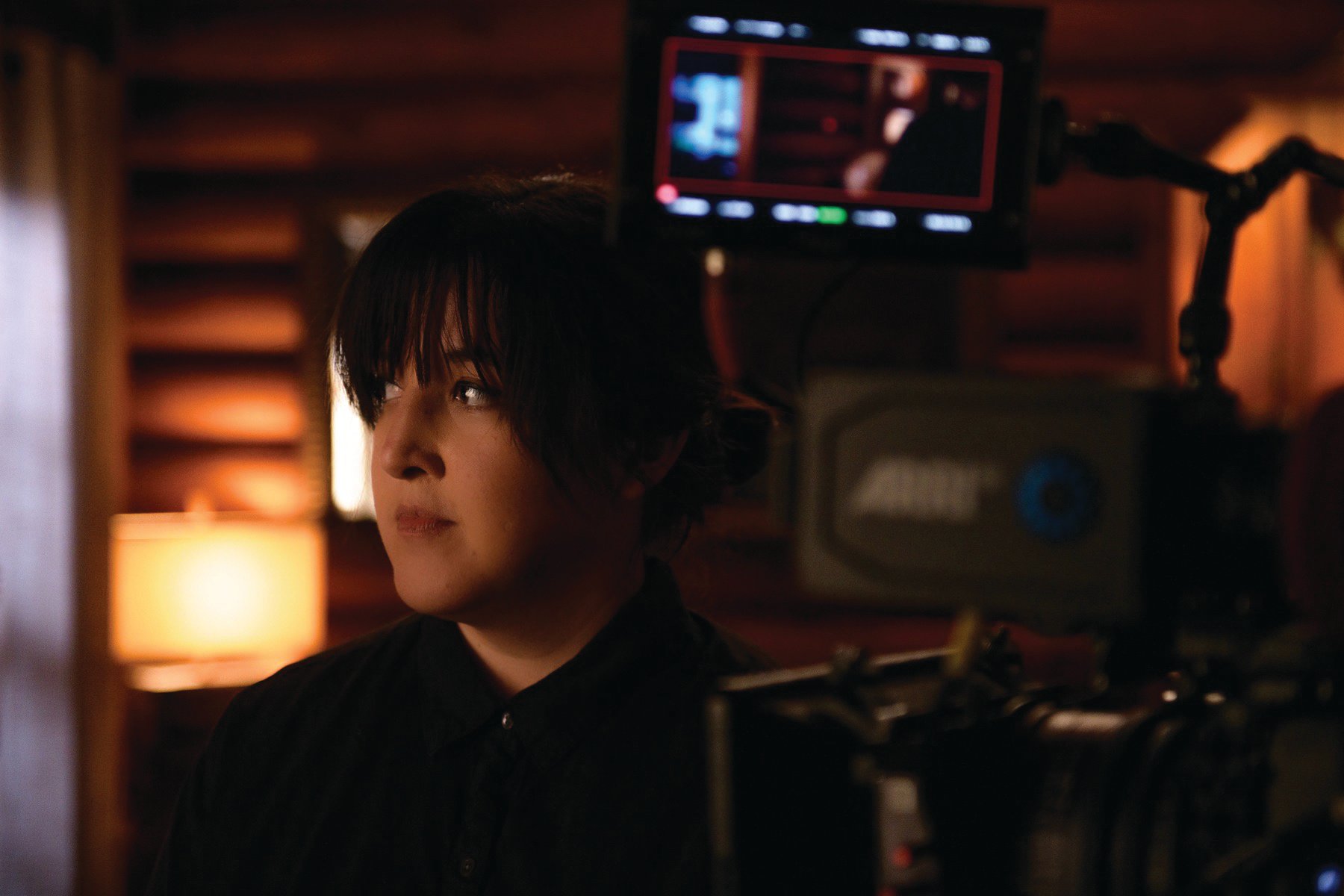
After making movies on her own as a teenager, Julia Swain worked in TV news as an undergraduate in order to gain experience with professional cameras. “I was trying to do what I could to become a better storyteller and filmmaker, and then quickly realized that cinematography was where it was at — I needed to be behind the camera,” she says. Swain attended UCLA as a graduate student studying cinematography, and during her time there, she became one of the first recipients of an ASC Vision Scholarship. In 2014, she was honored with a Women in Film Fellowship in Cinematography. Since graduating, Swain has shot numerous short films, commercials and music videos, including projects for Hozier, Quin XCII and Kelsea Ballerini.
Swain is grateful for the cinematography mentors who have helped her throughout her career. “Johnny Simmons, ASC, on top of being everyone’s favorite human, taught me at UCLA, and he’s been a mentor ever since,” she says. “I also feel really fortunate to have a lot of amazing women to look up to at this point as well; it’s been really incredible to discuss my path with [ASC members] Mandy Walker, Natasha Braier and Quyen Tran. Bill McDonald, the head of the cinematography department at UCLA, taught me how to expose film, and he was always so generous.”
Swain considers her fourth feature, Lucky, which premiered at SXSW in 2020, to be her break. “The director, Natsha Kermani, and I had done some projects together, but this was our first feature together. She’s become one of my greatest collaborators and friends, and I’m thrilled to keep telling stories with her.”
Swain has since been busy shooting multiple features slated to be released this year. “I feel like I do a lot of genre work, but what I’m most excited for people to see right now is a feature called The Mattachine Family. It’s a modern-day drama, and even though it isn’t genre, it was a project I could really resonate with and pour myself into. It was a story I felt I had to tell.” Swain also recently wrapped the sequel Becky 2: The Wrath of Becky.
Looking to the future, Swain is eager to shoot a series. “I’ve just done features,” she says, “so doing a crime-thriller series interests me. I love everything that Alex Garland and Rob Hardy [ASC, BSC] do. I would love to do something as surreal and haunting as one of their films.”
ERIN G. WESLEY
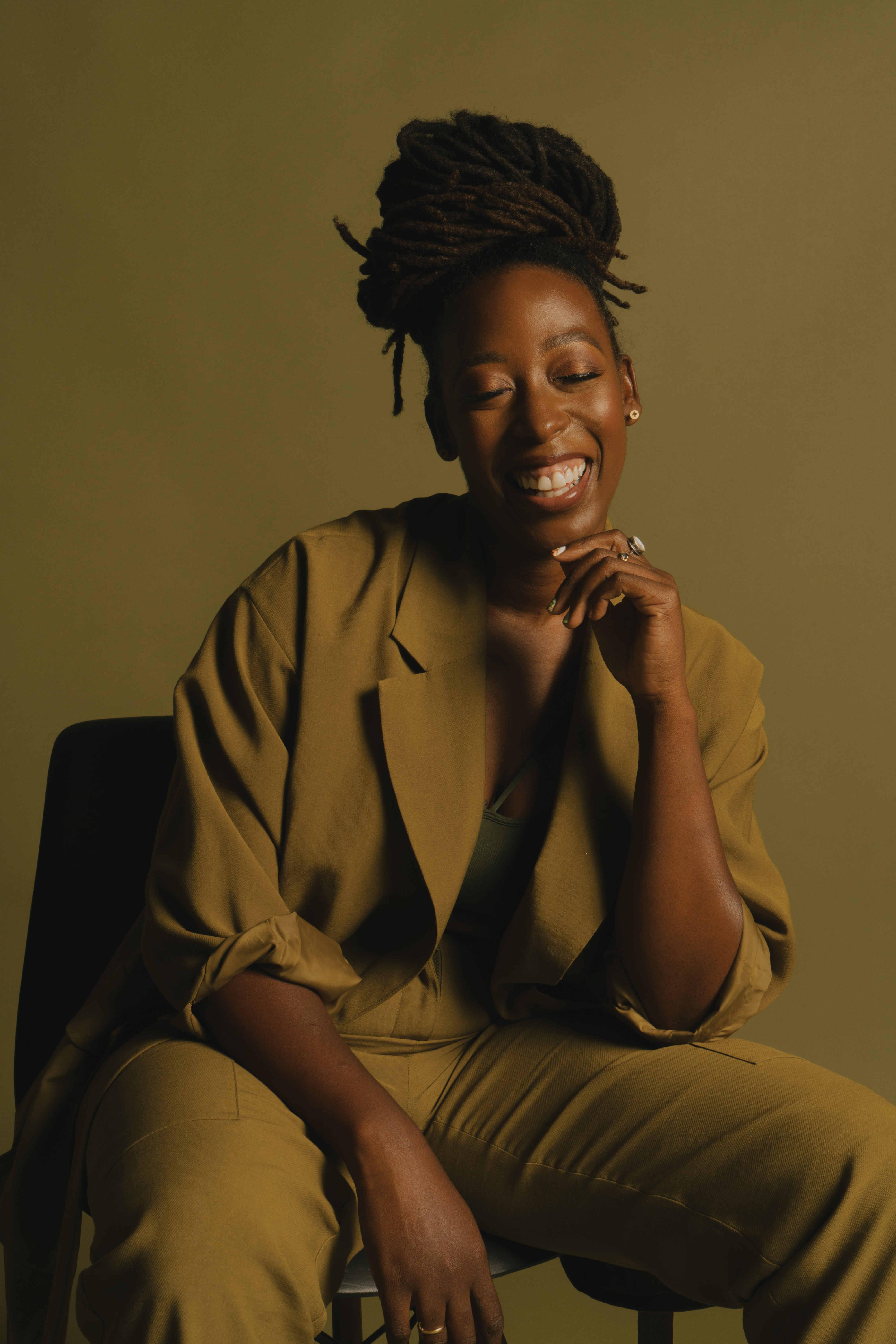
During her childhood, Erin G. Wesley dreamed about being a cardiovascular or cosmetic surgeon. But as a biology pre-med student at Fisk University, she began questioning her career trajectory after an adviser urged her to think about pursuing medical photography because of her artistic skill. After college, Wesley worked at RSA Films/Black Dog while she shot low-budget music videos on the Canon 7D her parents had given her as a graduation gift. “Once my work started to plateau as a one-woman band, I decided it was time to elevate my skills,” she says. “I applied to AFI’s cinematography program with only my photography stills and some DIY, half-narrative music videos to show.” Wesley was accepted into the AFI cinematography track, which “really gave me the technical edge, developed my storytelling skills, facilitated the relationships for me to build my initial crews, and allowed me to work alongside immensely talented peers and learn from them as well.”
Wesley considers her break into cinematography to be A Rodeo Film, an AFI short film about a Black bull rider in rural California facing a difficult decision. The film won the Student Grand Prize at the 2019 DGA Awards and a 2020 Golden Tadpole in the Student Etudes Competition at Camerimage and is now streaming on HBO. Since completing A Rodeo Film, Wesley has shot Golden: The Journey of USA’s Elite Gymnasts for Peacock and the basketball documentary The Loyola Project, and she also co-directed and shot the music video “UMI Says” by 6LACK for Apple Music. “I’m particularly proud of my work when I get to tell stories about identity and empathy,” she says. “Both A Rodeo Film and ‘UMI Says’ do this for me. The work that makes me most proud is the kind where I can incorporate vulnerability, immersiveness and community.”
Wesley also served as a B-camera operator on the Netflix series Colin in Black & White, which allowed her to collect the 30 working days she needed to join Local 600. She’s quick to point out that executive producer Ava DuVernay and Matthew J. Lloyd, ASC took her under their wings, helping her make the leap to union membership. Wesley is also grateful for the mentorship of Kira Kelly, ASC. “Kira has been extremely fundamental to my entire journey,” she says. “Early on, it was difficult for me to envision a future for myself because there were no immediate examples of people who look like me in the role of cinematographer, but I started to follow Kira’s career. I ran into her for the first time at an ASC Open House. We’ve stayed in touch, and once I joined the union, I started operating on shows and commercials with her, which enabled me to observe her approach on set. That experience has been invaluable.”
Wesley describes herself as an open-minded thinker, and she finds creative influence in a variety of ways. “My life experiences shape my unique perspective and inform who I am as an artist,” she says. “[I’m inspired by] travel, and by watching light in different parts of the world — studying how it falls on a variety of complexions, undertones and skin textures. I’m also inspired by people-watching, frequenting art galleries, fashion and architecture.”






